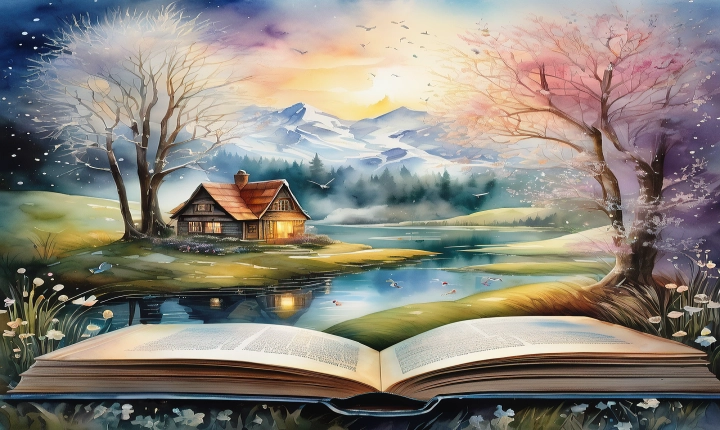Title: How to Use AI to Generate an Image
In today’s digital age, technology has brought us to a point where artificial intelligence (AI) can generate images that are strikingly realistic and imaginative. This ability has countless applications in fields such as art, design, gaming, and even medical diagnostics. With the help of AI, individuals can create stunning visuals with relative ease, and businesses can benefit from AI-generated images for marketing and branding purposes. In this article, we will explore how to use AI to generate an image and discuss some of the key tools and techniques involved.
AI Image Generation Techniques
There are several AI techniques used for image generation, with the most notable being Generative Adversarial Networks (GANs), Variational Autoencoders (VAEs), and Deep Convolutional Generative Adversarial Networks (DCGANs). GANs, for example, consist of two neural networks – a generator and a discriminator – that work together to produce realistic images. The generator creates images from random noise, and the discriminator evaluates them for realism. Through continuous feedback, the generator improves its ability to create increasingly realistic images.
Using AI to Generate Images
To use AI for image generation, one can make use of platforms and tools that are equipped with pre-trained AI models. For instance, popular platforms such as DeepArt, RunwayML, and Artbreeder offer user-friendly interfaces that allow individuals to experiment with AI-driven image generation. Users can start by providing input in the form of text, an initial image, or parameters such as color and style. The AI then processes this input and generates an image based on the provided parameters.
One of the key aspects of using AI for image generation is the ability to fine-tune parameters to achieve the desired output. This could involve adjusting style, colors, shapes, or other visual elements. Additionally, some platforms allow users to blend multiple images or styles, essentially enabling them to create new and unique visuals.
Applications of AI-Generated Images
The applications of AI-generated images are vast and diverse. In the field of art and design, creators can leverage AI to quickly explore different visual styles and come up with new inspiration. In the realm of gaming, AI-generated images can be used for creating realistic environments, characters, and objects. Moreover, in the medical field, AI can generate images for diagnostic purposes, help in analyzing medical imagery, and assist in identifying anomalies in scans and X-rays.
Moreover, businesses can benefit from AI-generated images for marketing and branding. Whether it is creating stunning visuals for social media campaigns or developing unique branding elements, AI can play a significant role in enhancing a company’s visual identity and storytelling.
Challenges and Considerations
While the potential of AI-generated images is promising, there are also some challenges and ethical considerations to keep in mind. Issues such as copyright and intellectual property rights, bias in the training data, and the potential for misuse of AI-generated content are important factors to consider as AI continues to advance in the realm of image generation.
In conclusion, the use of AI for image generation has opened up new possibilities for individuals and businesses alike. From creating art to advancing medical diagnostics, the impact of AI-generated images is far-reaching. As technology continues to evolve, it is essential to approach the use of AI-generated images with a critical eye and an awareness of the ethical implications involved. With careful consideration and responsible use, AI-generated images have the potential to bring about significant advancements in creativity, innovation, and problem-solving across various industries.
